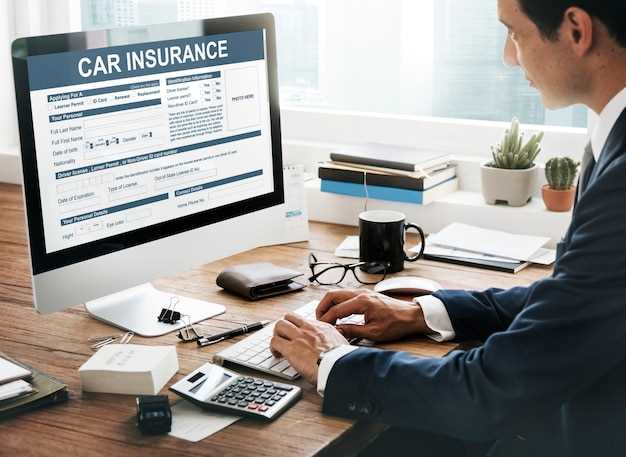
Owning a classic car is not just about enjoying its nostalgic charm; it also entails ensuring that the vehicle is adequately protected through the right insurance policy. As the value of classic cars can appreciate over time, it becomes crucial to periodically review and update your insurance coverage. Understanding the right times to make these adjustments can help safeguard your investment and provide peace of mind.
There are several key moments when you should consider revisiting your classic car insurance policy. For instance, if you’ve made any modifications or restorations to your car, it may dramatically alter its value. Additionally, changes in your driving habits, mileage, or even the insurance provider’s offerings can signal the need for an update. Regularly assessing your coverage ensures you are not underinsured or overpaying for unnecessary features.
Timing is essential when it comes to refreshing your car’s insurance coverage. Whether you are planning on showcasing your vehicle at a car show or simply wish to maintain its value against potential loss, an informed review can make all the difference. In this article, we will explore the critical factors that influence when and how to update your classic car insurance policy.
Identifying Life Changes That Impact Coverage Needs

Life changes can significantly influence your classic car insurance policy, necessitating an update to ensure adequate coverage. One of the most common changes is moving to a new residence. Different locations can affect insurance premiums and coverage options, as some areas may have higher rates of theft or accidents.
Another vital factor is changes in your driving habits. If you’ve started using your classic car more frequently or for different purposes, such as commuting to work, it may alter the risk assessment by your insurer. This could warrant an update in your policy to safeguard against increased risk exposure.
Additionally, changes in your personal circumstances, such as marriage or the birth of a child, can affect your insurance needs. With more family members potentially using the car, it’s crucial to reassess coverage limits and liability protection.
Lastly, the value of your classic car may appreciate over time, making it essential to review and update your policy to reflect its true worth. Adequate coverage ensures that you are protected financially in the event of damage or loss.
Assessing Market Trends and Vehicle Value Adjustments

Staying informed about market trends is crucial for classic car owners when it comes to ensuring that their insurance policy reflects the true value of their vehicle. The classic car market can fluctuate significantly due to various factors, such as economic conditions, collector demand, and rarity of specific models. Regularly assessing these trends helps you avoid being underinsured or overpaying for coverage.
As the value of your classic car may appreciate over time, it’s essential to periodically update your policy. Some classic cars appreciate substantially due to their historical significance, while others may see more stable values. Conducting a thorough research on recent sales of similar vehicles can give you a better understanding of your car’s current market value.
Additionally, consider seeking advice from professional appraisers or joining classic car clubs, which often share valuable insights on current trends. Keep your insurance provider informed about any modifications or restorations you’ve made to your vehicle, as these changes can also affect its market value. By actively monitoring these factors, you can ensure that your classic car insurance policy provides adequate coverage for your prized possession.
Understanding Policy Options and Coverage Gaps
When it comes to insuring classic cars, it’s essential to grasp the various policy options available. Classic car insurance is not the same as standard auto insurance; it is specifically designed to address the unique needs and values of vintage vehicles. There are several policy options, such as agreed value and stated value coverage, which determine how claims will be paid out in the event of a loss. An agreed value policy locks in the car’s value at the time of purchase, ensuring a straightforward payout if a claim occurs. In contrast, a stated value policy may leave room for depreciation, possibly leading to lower compensation.
Beyond understanding policy types, identifying coverage gaps is equally important. Classic car owners often assume that their traditional auto insurance will sufficiently cover their vehicle. However, standard policies typically lack specific provisions for classic cars, which may expose owners to financial risks. Common gaps include inadequate coverage for spare parts, limited mileage allowances, and insufficient liability coverage. It’s crucial to regularly review your policy to ensure it adequately reflects the current value and condition of your car, as conditions can change over time.
To effectively update your classic car insurance coverage, engage with your insurance provider to discuss your current policy and any additional coverage options that may be necessary. Ensuring that your policy accurately reflects your car’s worth and protecting against coverage gaps will provide peace of mind and financial security as you enjoy your classic car.




